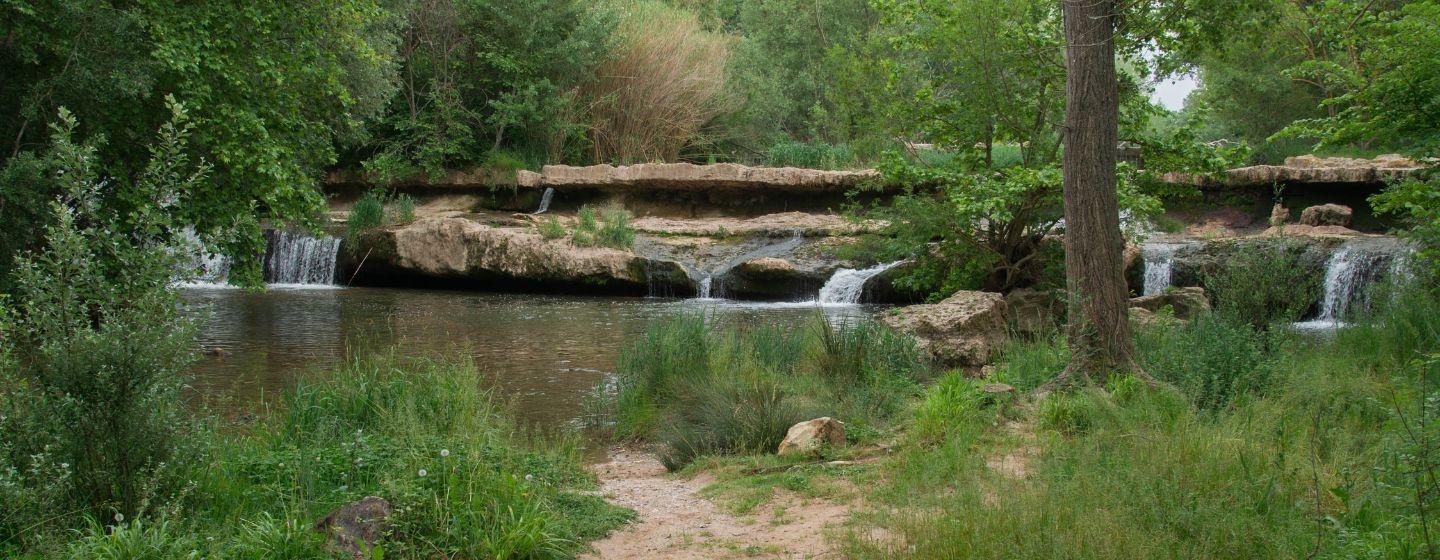Ecological Restoration Is a Big Money Industry


You hear a lot about restoring streams and wetlands to prevent erosion, protect coastlines or properties from storms and sea-level rise, or drain flood-prone urban areas.
The reasons for that restoration may vary as much as the landscape itself, but a study from UNC-Chapel Hill shows the wetlands and stream restoration market has a significant impact on the U.S. economy. The industry—and it is large enough to call an industry—annually generates $9.6 billion in economic impact and supports more than 53,000 jobs nationally.
“Our findings suggest that the businesses that restore wetlands and streams—usually in response to impacts from infrastructure and urban development—really do now form a full-blown ‘industry’ in the same way we talk about other industries, like the video game industry or the coal mining industry,” said lead researcher Todd BenDor, distinguished professor of sustainable community design at the UNC Institute for the Environment.
“More importantly, it’s not just a niche little ‘cottage’ industry anymore,” BenDor added. “It’s a real sector of our economy that has real impacts on employment and economic output.”
UNC researchers not only wanted to capture a snapshot of the industry but also to understand how it has grown over time.
They determined the best way to do that was through a national survey of wetland and stream mitigation firms. Companies were asked to report on restoration projects and to exclude any anomalies caused by the COVID-19 pandemic. The team then compiled and analyzed data to understand how the industry has changed from 2014 to 2019.
The growth was significant, and as climate change continues to make its effect known, the industry is expected to grow even faster.
In addition to the economic impact and the number of jobs reported, the study found the industry grew 35.2% in revenue, 32.6% in economic impact and had a compound annual growth of 5.25%. To put those numbers in perspective, that’s on par with other well-established industries in other technical sectors and a higher growth rate than most other industries.
After analyzing the results of their study, researchers recommend the government establish more standard industry classification measures for wetland and stream restoration to better track the industry’s impact. The North American Industry Classification System (NAICS) is used by the U.S. government to classify industries and share data related to the economy. The U.S. Bureau of Labor Statistics uses NAICS codes to track employment trends.
“We suggest establishing a whole set of NAICS codes that would allow tracking employment in firms engaged in many types of ecological restoration, including for wetland and stream mitigation firms,” added BenDor. “This is an essential step in generating accurate and consistent employment estimates in the future, particularly at the local- and state-level geographic scales.”